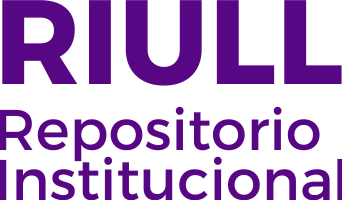Dietary exposure to trace elements (B, Ba, Li, Ni, Sr, and V) and toxic metals (Al, Cd, and Pb) from the consumption of commercial preparations of Spirulina platensis
Date
2021Abstract
Spirulina is a multicellular cyanobacterium that is consumed as a dietary supplement. The content of trace elements (B, Ba, Li,
Ni, Sr, V) and toxic metals (Al, Cd, Pb) was determined in 24 spirulina samples marketed in two different formulations (tablets
and powder) by ICP-OES (inductively coupled plasma optical emission spectrometry). The highest element concentration was
found in the powder presentation, except for Li. The powder presentation element levels (mg/kg dry weight) were Al (28.1), Sr
(10.3), B (1.73), Li (1.47), Ba (1.25), Ni (0.63), Pb (88.1 μg/kg dw), Cd (37.2 μg/kg dw), and V (22.9 μg/kg dw). Considering an
adult with a body weight of 68.48 kg and the posology guidelines (14 tablespoons per week), the consumption of powdered
spirulina contributes greatly to the Al intake by 2.04% of its TWI (tolerable weekly intake) set at 1 mg/kg body weight/week,
followed by Cd with 1.05% of its TWI set at 2.5 μg/kg bw/week. Pb intake represents 1.05% of the BMDL (benchmark dose)
level associated with nephrotoxicity and 0.44% of the BMDL associated with cardiovascular effects. This assessment suggests
that spirulina consumption does not pose risks to the consumer as far as exposure to toxic metals (Al, Cd, Pb) is concerned.
However, the presence of trace elements and toxic metals in spirulina preparations should be monitored to ensure its quality and
safety.





